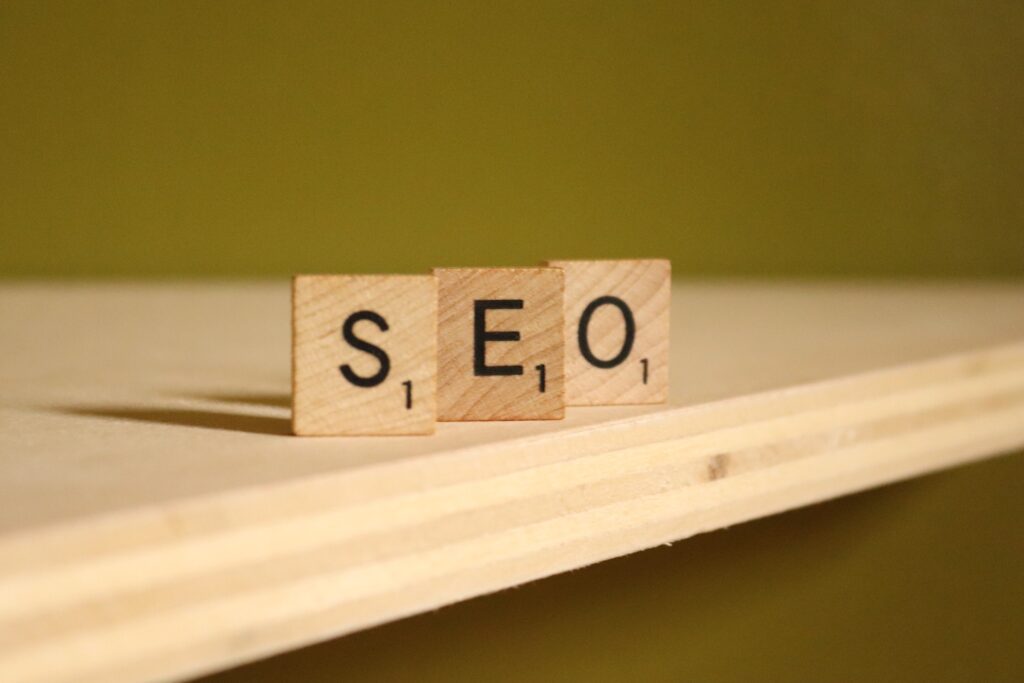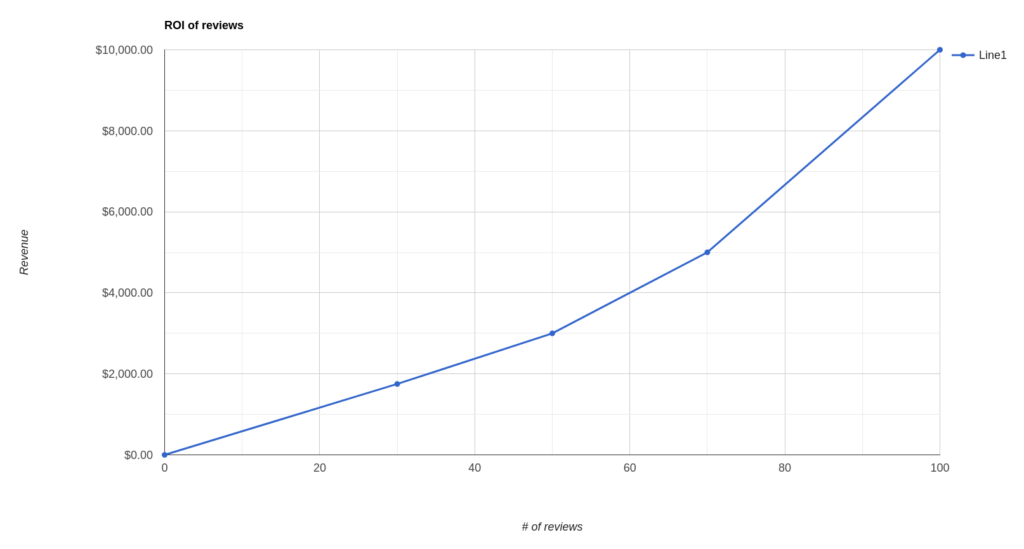What is SEO (Search Engine Optimization)?
Search engine optimization, or SEO, is a method of improving the volume and quality of traffic to a website from search engines via “natural” or un-paid (“organic” or “algorithmic”) search results. In general, the earlier (or higher ranked on the search results page), and more frequently a site appears in the search results list, the more visitors it will receive from the search engine’s users.
SEO may target different kinds of search, including image search, local search, video search, and industry-specific vertical search engines. In some cases, a competitor may deliberately sabotage a rival’s website to achieve a higher ranking, potentially at the expense of that rival’s business.
How does SEO work?
Search engines use a variety of factors to generate search results. Google uses more than 200 factors. SEO works by optimizing your site for these factors, along with getting your site crawled and indexed.
When you understand how SEO works, you can use different tactics, like keyword research, content creation, and page speed optimization, to increase your visibility (or how high you rank) in search results.
How does SEO works in search engines?
Search Engine Optimization is a by-product of search engines. SEO companies use various strategies to help the content move up the search engine ranking. However, before any of this can be employed, first search engines begin with crawling and indexing web content.
Crawling: Search Engines use bots called spiders to crawl the web to discover and re-discover new and existing (updated) content on web pages. Spiders also use links (internal and backlinks) to find content. Internal and backlinks are therefore essential for SEO.
Indexing: Search engines index web content to make it searchable and available to users. Indexing happens after crawling and helps search engines store and deliver relevant information. Most pages will be indexed, but spammy, blocked, or duplicate pages are less likely to be indexed.
White Hat SEO vs Black Hat SEO vs Gray Hat SEO
Just like everything else, some people try to cheat their way to the top. That’s true in SEO, too. But when it comes to Google, there’s no hiding from the all-seeing eye.
First, let’s talk about the differences between White Hat, Black Hat, and Gray Hat SEO.
White Hat SEO: Best practices and acceptable strategies by search engines and the way to move your content high on the ranks without breaking guidelines.
Examples of White Hat SEO: Anything in this article we discuss below is will be White Hat.
Black Hat SEO: Individuals are using shady tactics to try to get their sites ranked highly on search engines.
Examples of Black Hat SEO: Duplicate Content, buying backlinks, keyword stuffing, and cloaking just to name a few.
Does Black Hat SEO work? While it may give you a temporary bump in the ranking, search engines have gotten very good at identifying them and banning or penalizing websites using Black Hat tactics.
Gray Hat SEO: This is a mixed bag. While risky, but not necessarily downright wrong. Gray Hat strategies are not as dangerous as Black Hat techniques, but they are more likely to get your site penalized.
Example of Gray Hat SEO: Guest Blogging. While Google doesn’t currently, may change in the future, penalize guest blogging, they DO NOT recommend it because it creates unnatural links.
Does Gray Hat SEO work? While Gray Hat SEO may work, it may not work as well tomorrow or might get you penalized in the future if policies change.
To sum it up, for a long-term, sustainable SEO strategy, White Hat tactics are the way to go. White Hat SEO takes longer to take effect and requires a lot of patience, but it pays off in the long term. If you want your site to be safe, stick with White Hat.
SEO Cores: On-page vs Off-page
Now that you have a better understanding of some dos and don’ts of SEO. SEO can be broken into two categories: On-page SEO and Off-page SEO.
On-page SEO: The sum of factors that contribute to your website’s content, headings, and keywords. Anything that happens on your site and within your control is part of On-page SEO.
Off-page SEO: External factors such as links from other websites, which you may or may not have control over.
On-Page SEO Optimization
Title Tag
A title tag is a crucial HTML element that can be used to describe the content of an online page. It’s displayed on a SERP as the clickable headline for the search result and should accurately describe the page. The title tag of a web page is meant to be an accurate and concise description of the page’s content.
Google doesn’t specify the ideal length of a title tag, but its research suggests that it should be between 50 and 60 characters. This allows for about 90% of the titles to be displayed in the SERPs.
Meta Description
The meta description is where you explain what the content is about. It’s important to keyword-optimize this section, and it’s no longer than 160 characters. You want it to display correctly on both mobile and desktop screens.
Sub-headings
Sub-headings include h1, h2 and h3 tags.
Your title is your h1 tag. It’s the most important heading on your page.
Section help to break up content and make it easier to read. The h2 tag is typically used for section titles.
H3 tags help to break up your content into smaller, more manageable sections. They are a great way to add structure to your writing and make it easier for readers to digest.
Internal Links
To ensure that search engines can find all the content on your website, be sure to include links to all pages and relevant information. Internal links are especially important as they help give search engines structure and context for your website’s content.
An example of this would be a post that contains a link to a product on your website. By providing a link, you are allowing your readers to learn more about the product and possibly make a purchase.
Image Names and ALT Tags
Image names and ALT tags provide information to search engines about the content of your images. By including keywords in your image name and ALT tags, you can help improve your website’s search engine ranking.
Including image names and ALT tags on your website is a simple and effective way to improve your website’s SEO. So if you’re not already doing it, make sure to start using image names and ALT tags on your website today.
Off-Page SEO
Link Building and Backlinks
Link building is a method used to increase the number of links pointing to a website to improve that site’s position in search engine results pages (SERP).
Backlinks are links from other websites to your website. Link building can be a very effective way to improve your website’s SERP, but it’s important to build links naturally and avoid link farms and other black hat techniques.
Local SEO
While Local SEO has its categories separate from SEO, there are two off-page tactics you can use to help SEO efforts: Google My Business and Citations.
Google My Business: Google My Business is essential for the online presence of most local businesses. However, it is easy to forget that optimizing your page and getting it to rank in the map pack is an off-page SEO task.
Citations: A citation is an online mention of your business that includes your business’ NAP (name, address, and phone number). If you’re looking to rank for geographically targeted search terms on the search engine results pages (SERPs), you cannot avoid the importance of citations.
Social Media
Social media and SEO are two great marketing tools that work well together. If you’re only focusing on one or the other, you’re missing out on a lot of potential traffic and customers. Make sure to utilize both social media and SEO in your marketing efforts to get the most bang for your buck.
Influencer Marketing
Influencer marketing has come a long way in recent years. Where it used to be all about sponsored posts from bloggers, today it’s all about Instagram, YouTube, and TikTok.
If used correctly, influencer marketing can be a powerful tool for building your brand, amplifying your content, and reaching new audiences.
Reviews
Today, online reputation is more important than ever before. Reviews are a powerful but often underrated tool for managing your off-page SEO and overall online reputation.
Ultimately, off-page SEO is all about building your brand and creating signals that show you deserve to rank highly on search engine results pages.
Technical SEO
One of the most important, yet often overlooked, aspects of SEO is technical SEO. Technical SEO refers to the practice of optimizing a website for search engines to improve the visibility and ranking of the site.
Technical SEO includes optimizing the site structure, URL structure, tagging, and other technical aspects of the site.
By improving the technical aspects of the site, the site will be more visible and accessible to search engines, which will ultimately lead to improved traffic and rankings.
Page Speed
Page speed refers to how long it takes for your page to load in the browser. Aside from this being an important factor by Google when ranking your website, it’s equally important for Customer/User Experience. The longer it takes, the more frustrated a user gets and the faster they leave your website.
There are several techniques you can utilize to speed up the page load, like compression, caching, magnification, async and lazy load, and others.
Mobile Friendliness
Mobile searches have increased to more than half of Google searches and will increase even more in the future. And Google is very likely to add more weight to mobile in regards to ranking in the future.
To make your website more mobile-friendly here are some techniques you can do to help: your site should have a responsive design, remove any unnecessary elements to speed up the page load, and make sure text is larger for readability.
Schema
Schema is a set of specific HTML tags that are designed to improve the way your content appears on SERPs (Search Engine Result Page).
For example, the author of the above example with Bitcoin used a schema to create the rating Google displays on the SERP. While it may seem like a small change, it’s good practice to use schema.
Once you’re finished adding schema to your page, be sure to test it thoroughly to ensure everything is running smoothly.
How long does it take before I see results?
Search engine optimization is not a quick and easy fix. It’s a long-term process that will take at least six months to a year to see results, and maybe longer if your website is new.
Anything I can do to get faster results on Google?
One word: Consistency. If you take anything away from this guide you need to be consistent in building your links, and adding and updating content regularly. You need to do this daily and if you do, you’ll see the fruits of your labor.
Do I need SEO to rank on Google?
Of course not, some companies have without SEO BUT they are few and far in-between and offered something that no one else was. For most businesses, the space they are in is saturated and you need SEO to make your site stand out.
How much does SEO cost?
It depends. Hiring a professional to handle everything for you could cost $1500-3000+ per month, depending on how extensive it needs to be. Alternatively, you can do most of it yourself, however, there is a learning curve, and will take much longer.
Is it worth it to invest time into SEO? Ultimately, if you’re willing to invest 4-6 hours a day learning and implementing SEO strategies and spend $600+ per month on SEO tools, then doing it yourself might be a better option. If not, then hiring a professional is a better option.
Conclusion
I hope you found this guide helpful in your quest to learn more about SEO. I hope now you have a better understanding of what it takes for SEO for your site. Refer back to this guide as needed and check out our other content in our library to take your SEO journey further.
If you can take anything away from this guide, SEO isn’t a shortcut or a quick fix. It’s long-term planning and you need to dedicate time and money to get the most out of it. It may take longer than paid search but it has a much longer lasting effect.
If you’re interested to get your business to the next level, check our SEO packages.





